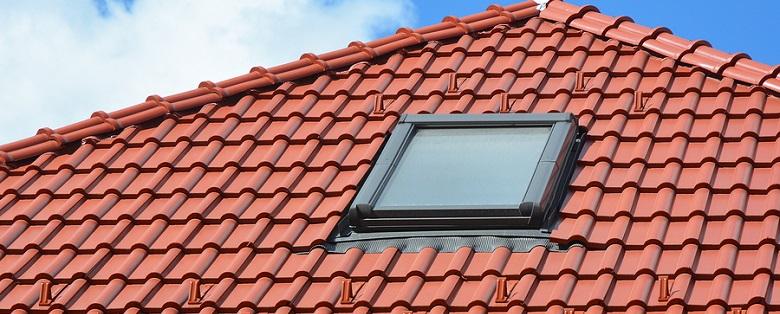
If you are looking for eco-friendly roofing for your home, there are many options you can choose to be installed by local roof companies. Eco-friendly materials are beneficial in many ways, saving you money over time while helping you reduce your personal carbon footprint.
Most of these roofs are also attractive and durable, requiring minimal roof repair when well maintained. Consider the various eco-friendly materials referenced below and how they can protect your home while reducing the destruction of our environment.
Natural Materials - Clay, Cement, and Slate
Some of the most eco-friendly options in residential roofing are made from natural materials like clay, cement, and slate. All of these can be prepared in various ways to create beautiful, timeless, and environmentally friendly shingle and tile installations.
Since they are made without the use of synthetic materials, natural roofs are strong and can be reclaimed by skilled roof companies. They also pose little environmental hazard when disposed.
Slate is especially durable, rarely requiring roof repair. In addition to the benefits noted above, clay, cement, and slate are all thermally efficient, absorbing daytime heat without passing it into the structure below and then releasing it again at night.
Sustainable Wood
Wood shingles and shakes are another natural roofing material to use on homes where a more traditional look is desired. When produced from sustainable forests, they can also be very eco-friendly materials. Sustainably sourced wood for shakes and shingles cause no further destruction of natural forests and is 100% biodegradable when disposed.
Metal Roofing
Metal roofing is exceptionally strong and durable; it is available in multiple types like standing seam, corrugated panels, and pressed sheets that look like more traditional materials. It is also lightweight and thermo-reflective.
When properly installed by skilled roof companies, it can withstand extreme weather yet offer improved energy efficiency over more common asphalt shingles. Metal is also recyclable, biodegradable, and usually requires minimal roof repair.
White and Green Roofs
Since darker materials absorb more heat, the best way to reduce absorption is by using lighter colored materials. These roofs include membrane systems that are produced in white and any other light colored material or painted with white or reflective coatings. They are also known as "cool roofs."
Green roofs grow live vegetation that naturally cools a building through its insulative properties and absorbs runoff water. They can even be planted to grow food and are gaining popularity in urban areas.
Recycled Rubber Shingles
Although rubber roofing is primarily made from synthetic materials, most of it comes from recycled tires and other sources of pre-used rubber. Recycled rubber is extremely durable and available in a variety of styles and colors.It is molded to look like other, more traditional material. In addition to its weather and impact resistance, recycled rubber roofing reduces pollution by keeping this non-degradable material out of the landfills.
When the time comes to replace your current roof and you are interested in an eco-friendly replacement, consider the materials mentioned above. These environmentally friendly materials provide a number of benefits over standard asphalt shingles, including improved energy efficiency, lower utility expenses, reduced need for roof repair, and minimal effects on pollution levels.
When installed by roof companies experienced in using these different materials, you are assured a beautiful, durable, and eco-friendly roof!